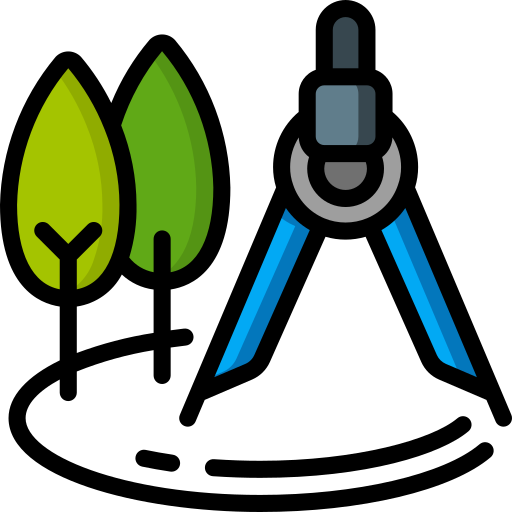Where are you going to convert your empty containers into a usable home? You have several options, each with its own advantages and disadvantages.
There is no one-size-fits-all option; in reality, you need to make the choice that best fits your life and your project. Below, we will look at some of the options so you can make a better decision.
transform your containers in the field
On-site container conversion is a good option if it is practical for your situation. You can buy your containers with delivery to your land and convert them there into your home.
This allows you to access the construction site 24/7, where you can work until late at night, after work, if necessary. You can closely monitor everything and stay involved in the construction process to ensure everything goes well.
And it’s much easier to visualize how some of your choices will affect the overall project when you can see the container, as it will sit at the end of the build. Containers stored off-site may have time restrictions for accessing to do the work. If your containers are delivered directly to your land, there are no additional transportation fees.
Off-site conversion means transporting it once to the workshop and then again to the land where the house will be located. On-site conversion ensures that they are not damaged once the work is completed. Can you imagine converting your containers off-site and then damaging them during transport to the land? However, converting your containers on-site does present some logistical challenges.
For example, if you’re building in a greenfield site, then you’re likely to have no electrical or water supply there. This would make it very difficult to convert your containers. You can avoid this by having a generator on-site, but they can be expensive and noisy!
If you’re not the DIY type yet, you may not have all the necessary tools to build your containers at home. Buying them and welding equipment can be expensive.
Convert your containers out of the field
Your second option is to have the containers delivered to a local workshop or manufacturer where they can be converted. Converting them at a local workshop will give you access to all their equipment. There are likely to be knowledgeable people working there too, so you can always ask them questions if you encounter any difficulties.
A great advantage of converting your containers within a workshop is that you don’t have to worry about your containers being weatherproof immediately, as they will be stored indoors. If you are planning your container home on a new site, electricity and water can be installed at the same time as your containers are being converted at a local workshop.
Containers stored in a workshop will be secure during the hours you are away. However, converting your containers off-site has some drawbacks that should be mentioned. One consideration to keep in mind is that, depending on how far away you are from the workshop, you may have to travel a certain distance to get there and back.
This can take a lot of time, and you may already have distance-time issues. If so, you could be using this time to convert your containers on-site instead of traveling to the workshop. The workshop will often have scheduled hours during which you have access to your container.
If you work full-time, you may only have access for a few hours after work and before closing time. If you decide to use a workshop, remember to ask at what times you can have access to your container and also agree on a flat rate weekly or monthly fee in advance.
Split Conversion
The choice to convert on-site or off-site doesn’t have to be solely one or the other. A common approach is to convert the external structural elements of the container off-site and then do the rest of the internal work on the land where the house will be located.
For example, you would install your doors, windows, and flooring off-site so that the containers are waterproof. Then, you transport the containers to your land where you can do all the internal work, such as insulation, kitchen, etc.
This option offers the best of both worlds because you’re getting the advantage of making your containers waterproof in a safe environment. You can also add your own personal touch to the containers by converting the interior. It’s a little more expensive to do the 50/50 split because you’ll have to pay to move the containers twice.
Remember, when converting the containers off-site, if you make them too heavy, you’ll need to pay expensive cranes to lift the containers into place on your land.
Hire a Specialist Contractor
What if you really want to convert your own container into a home but don’t have the expertise or simply don’t have enough free time?
Your last option is to get a contractor to do it. Depending on the contractor, they will either come to the site to convert the containers or convert them in their own facilities and then go to the site to install the containers.
Bringing in a contractor to convert your containers has several advantages. First, due to their experience, they will be able to advise you during the construction phase. They will also be able to convert the containers in a shorter period of time compared to doing it yourself.
There are two disadvantages to using a contractor:
- You’ll have additional costs when using a contractor.
- You won’t be able to put your own personal touch on the containers while converting them.
The choice to convert the containers on-site or off-site depends on your own individual circumstances.
Usually, we see people opting for the 50/50 split and having the external work done by contractors. Then they have the containers delivered on-site where the owner converts the interior.
We would love to know which method you chose to convert your containers and how you made that difficult decision. Share with us in the comments section.




